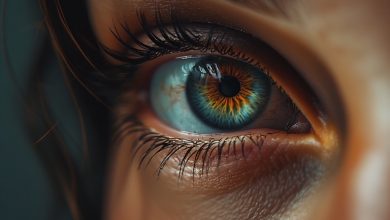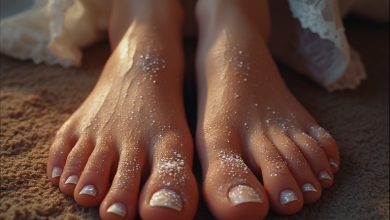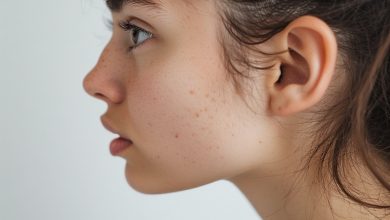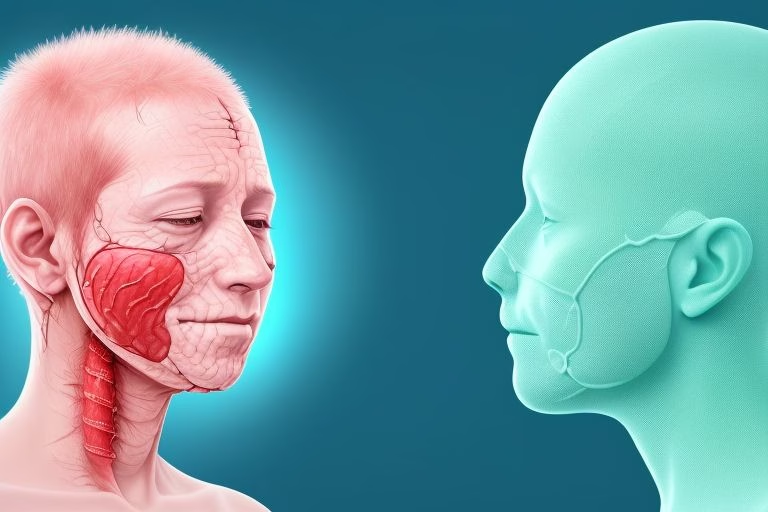
What You Need to Know About Erythema Infectiosum Rash
Erythema infectiosum rash is a common but often misunderstood skin condition, especially among parents and caregivers. Are you noticing a red, slapped-cheek appearance on your child or a rash spreading across their body? These could be signs of erythema infectiosum, also known as fifth disease. The good news is that while the rash can look alarming, it’s usually not dangerous.
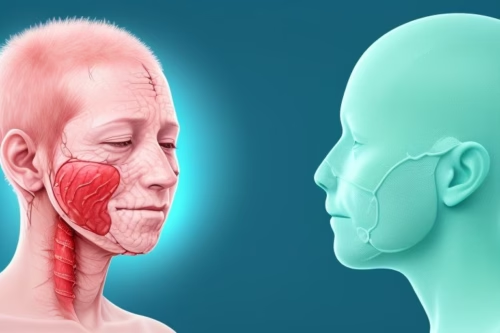
In this comprehensive guide, we’ll take you through 7 proven ways to identify and treat erythema infectiosum rash, ensuring you have all the knowledge you need to act quickly and effectively. Whether you’re a concerned parent or someone dealing with the rash yourself, we’ve got you covered.
What Is Erythema Infectiosum Rash?
Erythema infectiosum rash is caused by the parvovirus B19, a viral infection that primarily affects children. While it may begin as a mild illness, the rash that follows is what often prompts people to seek help.
The rash typically starts with a slapped-cheek appearance, where both cheeks are bright red. This is followed by a lacy, red rash that can appear on the body and limbs. But what exactly causes this rash, and how do you know if you’re dealing with erythema infectiosum? Let’s dive deeper into this condition.
Symptoms of Erythema Infectiosum Rash
Before we explore treatments, it’s important to understand the symptoms of erythema infectiosum rash. Knowing what to look for will help you identify the condition early, which can speed up treatment and recovery.
1. Red, Slapped-Cheek Appearance
- This is often the first sign of erythema infectiosum. The cheeks appear bright red, almost like they’ve been slapped, and this may be accompanied by a mild fever.
2. Lacy Rash
- After the red cheeks, a lacy rash begins to appear on the arms, legs, and trunk. It may appear slightly raised and feel warm to the touch.
3. Mild Fever and Flu-Like Symptoms
- In the early stages, the child may have mild flu-like symptoms, including a low-grade fever, sore throat, and general discomfort.
4. Joint Pain
- Some people, particularly adults, may experience joint pain, which can last for a few weeks. This is less common in children but is still possible.
5. No More Fever After the Rash Appears
- Once the rash shows up, the fever usually subsides, and the person starts feeling better.
7 Proven Ways to Treat Erythema Infectiosum Rash
Though erythema infectiosum is generally mild and self-limiting, treatment can make a huge difference in managing symptoms and preventing complications. Below are 7 proven methods for treating the rash and ensuring a faster recovery:
1. Stay Hydrated
- Keeping the body well-hydrated is essential, especially when the rash causes discomfort or mild fever. Ensure that the person with the rash drinks plenty of water, herbal teas, or clear broths.
2. Over-the-Counter Pain Relievers
- For mild fever or body aches, over-the-counter medications like acetaminophen (Tylenol) or ibuprofen (Advil) can help manage symptoms. Be sure to follow the dosage instructions carefully.
3. Cold Compresses for Comfort
- If the rash is itchy or causing discomfort, applying a cold compress can provide relief. It will help reduce the redness and soothe irritated skin.
4. Calamine Lotion for Itching
- To relieve itching, calamine lotion or antihistamines can be useful. Just make sure not to apply them to broken skin.
5. Rest and Avoid Exposure to Others
- Encourage plenty of rest, especially if the individual is feeling fatigued. Since erythema infectiosum is contagious before the rash appears, it’s best to avoid close contact with others during this period.
6. Monitor for Complications
- In rare cases, the virus can cause more serious complications, such as anemia or joint pain in adults. Keep an eye on symptoms and consult a healthcare provider if they worsen.
7. Consult Your Doctor
- While most cases resolve on their own, consulting a healthcare provider is recommended if the rash worsens or you’re concerned about other health issues, like a weakened immune system.
Is Erythema Infectiosum Rash Dangerous?
Generally, erythema infectiosum rash is not dangerous and will resolve within a few weeks. However, certain groups may experience complications:
- Pregnant women: If a pregnant woman contracts the virus, it can cause complications, including miscarriage or fetal anemia.
- Individuals with weakened immune systems: For those with conditions like sickle cell disease or other chronic illnesses, erythema infectiosum can lead to severe anemia.
If you’re pregnant or have a weakened immune system and suspect exposure to parvovirus B19, it’s important to seek medical attention right away.
Frequently Asked Questions (FAQs)
What Causes Erythema Infectiosum Rash?
Erythema infectiosum rash is caused by the parvovirus B19, which is highly contagious and spreads through respiratory droplets.
How Long Does Erythema Infectiosum Rash Last?
The rash typically lasts 7 to 10 days, with the redness fading over time. The rash may appear lacy and can persist for a few weeks but usually does not cause lasting skin damage.
Can Erythema Infectiosum Rash Recur?
Once you’ve had erythema infectiosum, you’re typically immune to the virus. However, it’s possible, though rare, to get it again.
Conclusion: Taking Control of Erythema Infectiosum Rash
Erythema infectiosum rash is a common but manageable condition. Armed with the 7 proven methods above, you can treat the rash effectively and ensure a smooth recovery. Stay informed and act quickly, whether you’re dealing with it for yourself or your loved ones.
Need more health tips? Subscribe to our newsletter for the latest insights on skin conditions, health advice, and wellness news. Don’t let a rash ruin your day — take control and heal fast!
Download this guide to learn more about identifying and treating skin rashes. Stay healthy and informed!
